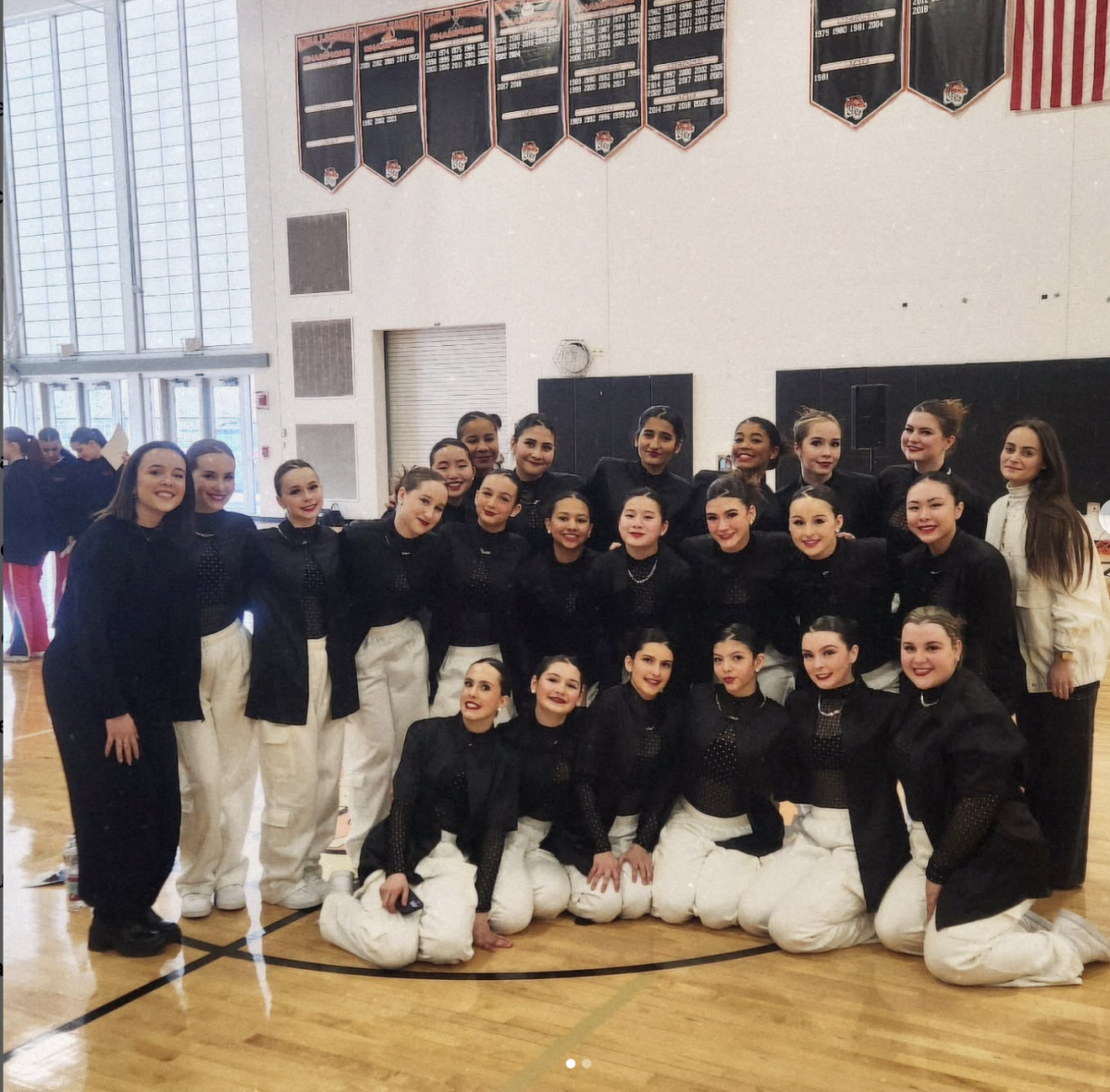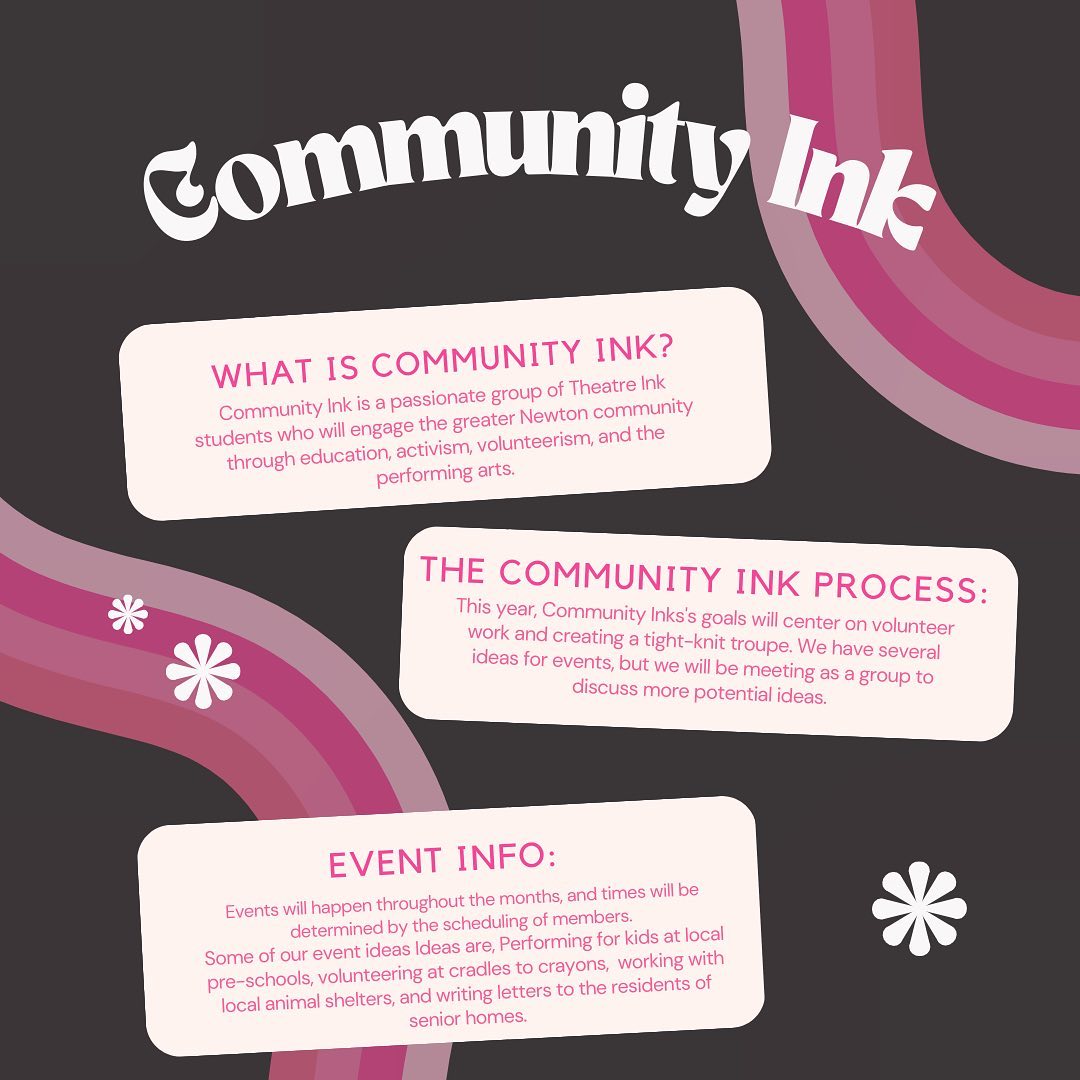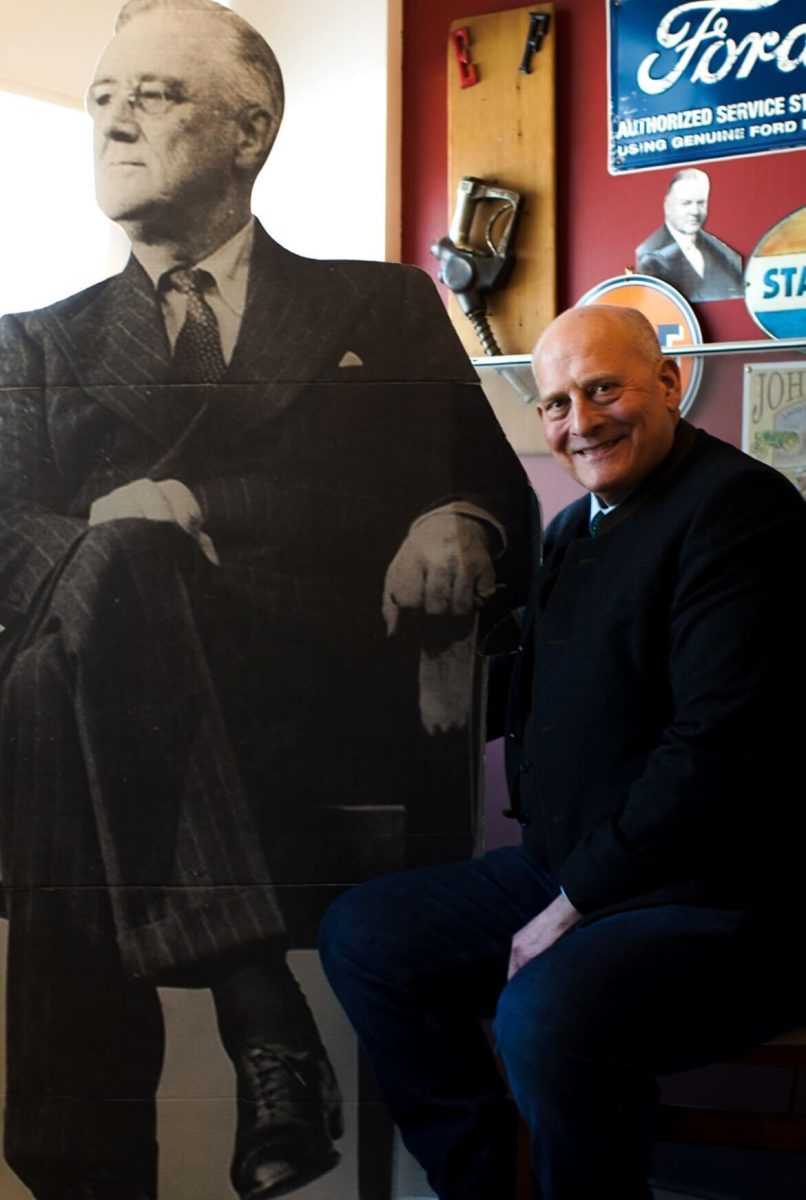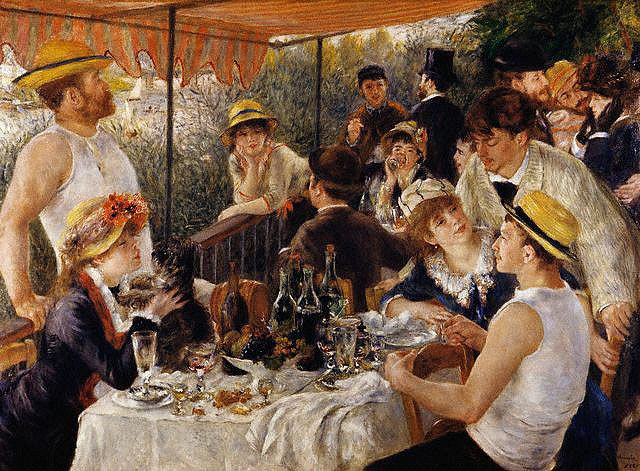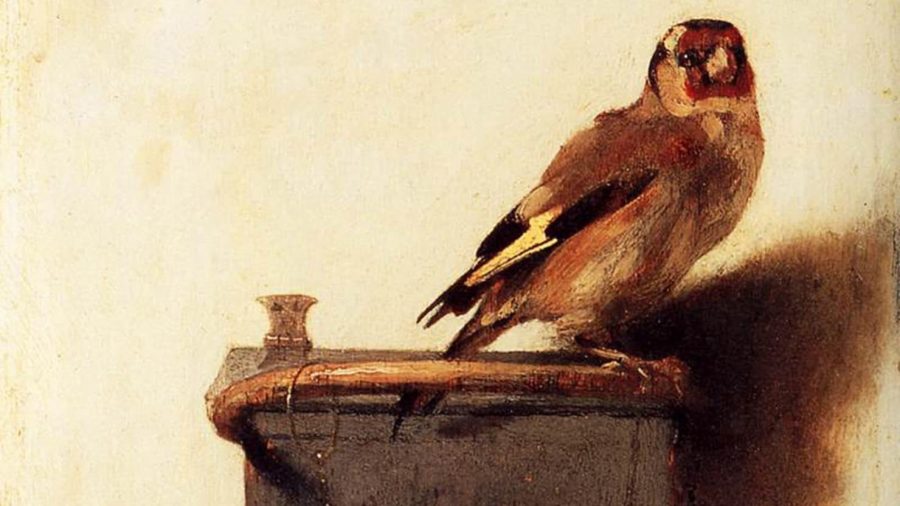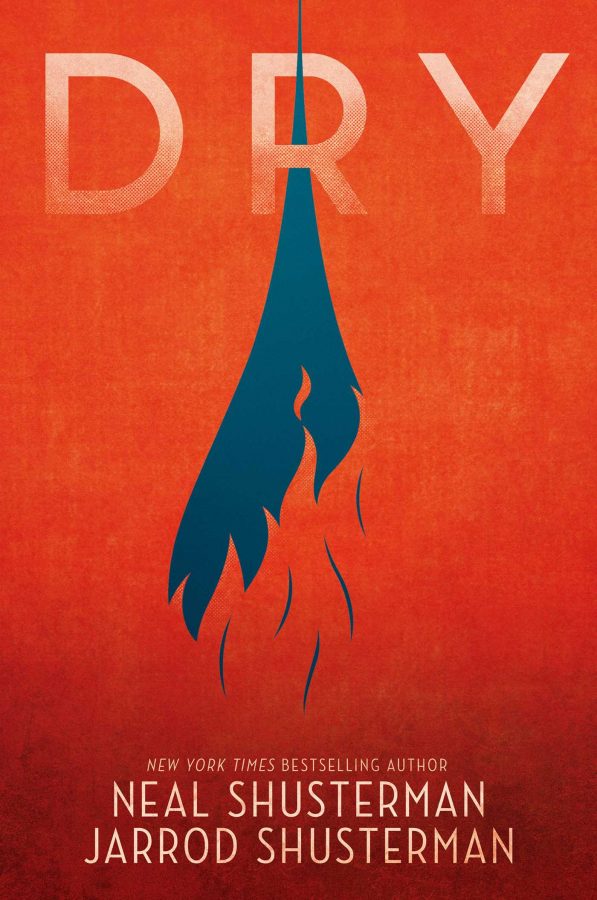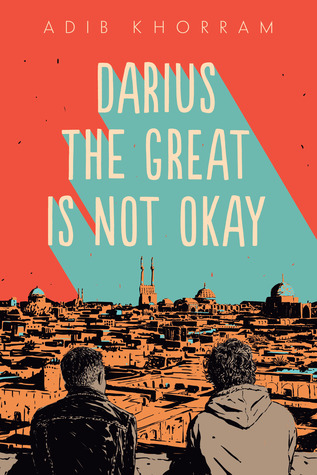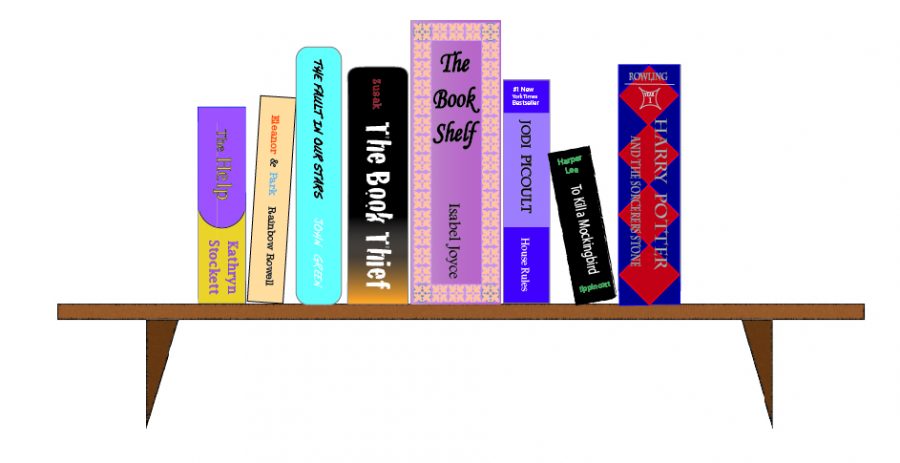By Clark Lakomski
I first tried reading Donna Tartt’s novel The Goldfinch when I was 15. I hated it. The writing was archaic and lengthy. The characters were quirky and distant. And the tone was far too dark and gloomy for my liking. I stopped after 150 pages.
Two years later, her world opened up to me. I fell madly in love with Tartt’s words and devoted my entire summer to reading all of her novels. Her writing, archaic in style and complex in meaning, was unlike anything I had read before. Her realism of death and drugs scared me, yet I was also wonderfully intrigued by her worlds of chaos she portrayed. Her excessive focus on emotion and abnormal sentiment hypnotized me. Her prose, along with her ideas had been hidden from me after years of monotonous literature derived completely from my public education. The Goldfinch soon became an antidote to something I couldn’t quite grasp.
The Goldfinch is a coming of age story of Theo Decker, who after losing his mom to a horrific tragedy becomes severely disillusioned and depressed, soon becoming entrenched in drug abuse as his world slowly falls apart. His journey takes him for the opulence of Park Street in New York to the isolation of a housing development in Las Vegas, all by being haunted by the death of his mother and possession of a stolen painting that serves as an anchoring motif and reminder of reality to Theo. Tartt’s characters are vivid and quirky, her prose is controlled yet imaginative and her stories are ludicrous yet wonderfully fulfilling and accurate. When I first read The Goldfinch, I was curious to what exact genre of literature I was reading, since her writing blended poetry, fiction, realism, philosophy, and Dickensian absurdity all into one.
Tartt’s genre or style of writing has been deemed neo-romanticism. Romanticism was an intellectual movement of the late 18th and early 19th centuries that was centered around emotions, nature, and the individual. Romanticism sought to understand the world through art and philosophy, rather than through science and fact, countering the Enlightenment and the Age of Reason. The followers of the movement were obsessed with constant introspection into the nuances of emotion and identity to better understand the world around them. This notion is best characterized by Mary Shelley’s Frankenstein, which consists of multiple rambles of contemplation and existential dread. Although neo-romanticism can be interpreted dryly as “new romanticism,” the resurgence of the movement is more sophisticated in light of the epoch it is rooted in.
At the time, Mary Shelley’s Frankenstein was written in suspicion of advanced sciences and the hubris of man. In the same sense, Tartt’s Goldfinch is written in response to the technological revolution we are living in. More specifically, Tartt writes The Goldfinch in a time of extreme uncertainty and disillusionment as technology continues to manipulate our lives. Today, we find ourselves in a world more connected than ever. However, emotions and introspection, innate human traits that have existed for thousands of years, are being deemphasized and pushed to the periphery of our daily routines.
Social media has greatly changed the way we interact with each other and our identities. Many teenagers (myself included) find themselves spending hours of a day on social platforms, comparing their lives to those of others. Comparing ourselves with others not only decreases our self-confidence, but it also gives us less time to be alone with our thoughts.
Tonic, a sub-service of Vice news found that screen time on social media platforms among teenagers doubled between 2006 and 2016. Back in 2006, few social media sites existed and there access was limited exclusively to computers. The invention of the iphone in 2008 and the subsequent development social media platforms for our portable devices would align for a symbiotic marriage. Now, in 2018 a different iteration of social media exists for every medium of media imaginable. Our opinions and news are on Twitter, our picture and videos are sent on Snapchat, and our vacations are posted on Instagram. These make our lives externalized with less substance than truly being in the present. The more time humans spend on social media, the farther they become from themselves.
Social media doesn’t just distance us with ourselves in a emotional sense, it also distances ourselves from our own identity. As friends or acquaintances post selfies from Milan or edit their photos they become something they’re not, and consequently a facade of that person develops. The more people who post only the good in their lives (since that is what is deemed most interesting), the larger the intoxicating cycle becomes. People who showed an honest portrayal of themselves are forced to compensate. Soon, posts decline only to exaggerated smiles of vacation or time with friends which masks many people’s true character and camouflages their flaws.
Tartt doesn’t have a social media account, and The Goldfinch never mentions online platforms. Tartt writes The Goldfinch not as an opus to the perils of social media, but instead as an opus to a larger trend in society.
Tartt’s anchoring focus of The Goldfinch is the protagonist Theo’s detailed emotions and time spent in introspection. After the death of Theo’s mother, we see him decline into narcotics and depression as he loses touch with everything familiar to him. While the present world is being changed by technology and its advancements, so too is Theo’s world shifting, and he finds his only escape is by becoming more in touch with himself. Tartt’s mastery lies in the fact that she reminds the reader of the normality of introspection that is treacherous and at times unbearable, but rewarding in that it ultimately liberates her characters from their suffering.
Tartt’s realism also counters the misconceptions of the 21st century. She doesn’t paint life as something perfect or amazing (as social media can) but rather a mysterious gift of suffering and joy. A line in the middle of The Goldfinch reads, “For humans─trapped in biology─there was no mercy: we lived a while, we fussed around for a bit and died, we rotted in the ground like garbage. Time destroyed us all soon enough” (695). A brutally morbid line from Tartt exemplifies her honesty about life. By showing life for what it is, Tartt helps the reader move past their own problems to simply enjoy themselves, no matter the circumstances. However, if one stays trapped in the confines of social media, they will never be able to accept themselves and will spend life fretting over their misconstrued flaws.
Tartt addresses the hardest subjects in life; death, drugs, and depression plague the lives of her characters. Her writing is beautiful, yet her stories are not. She uses emotion and absurdity to paint the world as she sees it: a relentless force of despair and death. Honesty about the inevitability and meaning of life is not something new in literature. Homer and Shakespeare struggled to find meaning in the confines of our existence. Tartt isn’t bringing anything new to the libraries written on philosophy, life, and emotion. She is simply doing it at a time where it is more essential than ever as humans lose touch with themselves. Additionally, the harm of social media is only increasing. Social media has been directly linked to loneliness, depression, self-harm, and even suicide according to Tonic. The trend is the same among older generations of millennials. As the facade of our online characters only strengthens, we must continually ground ourselves in reality through reflection and emotion.
While the 21st-century continues to innovate at a rapid pace, the line between human and machine will not stop blurring. As a society, we tend to glorify machines since they don’t feel or think, they only do. Thus, it becomes dangerous to act as though the human sentiment isn’t important to read about or even express. The importance of Tartt’s The Goldfinch is that in its absurdity and its cruelty it reminds us what it means to be humans. As technology continues to creep into every theatre of human life, we must find time for ourselves to be alone with our thoughts. So the next time you find yourself confused in a world glowing blue screens and relentless notifications, The Goldfinch can prove to be a wonderful friend.
Categories:
"The Goldfinch" combats modern social media usage
December 4, 2018
0
Donate to The Newtonite
More to Discover











